



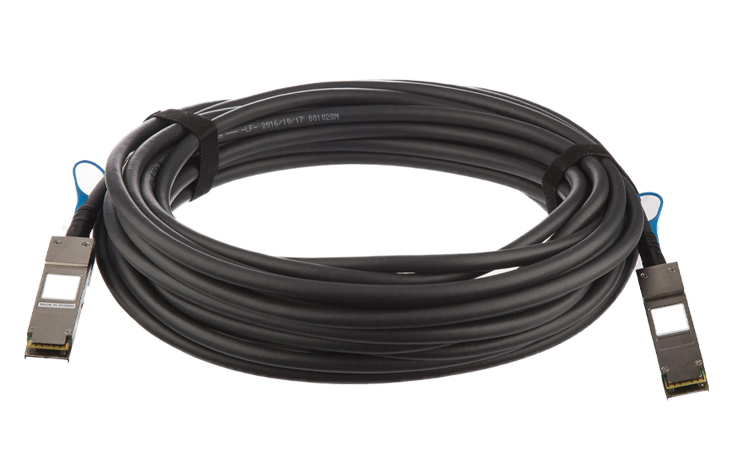
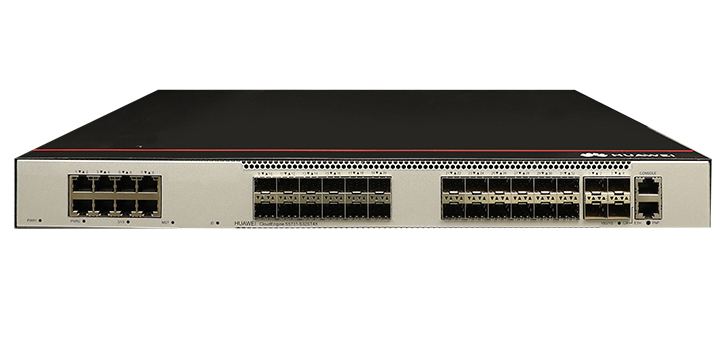




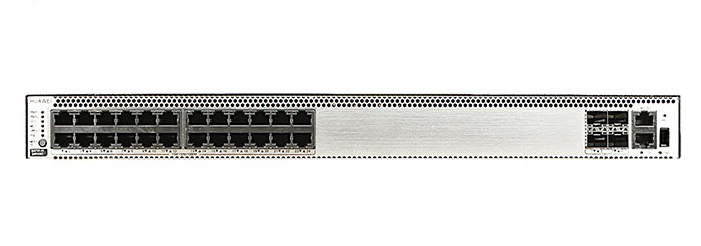



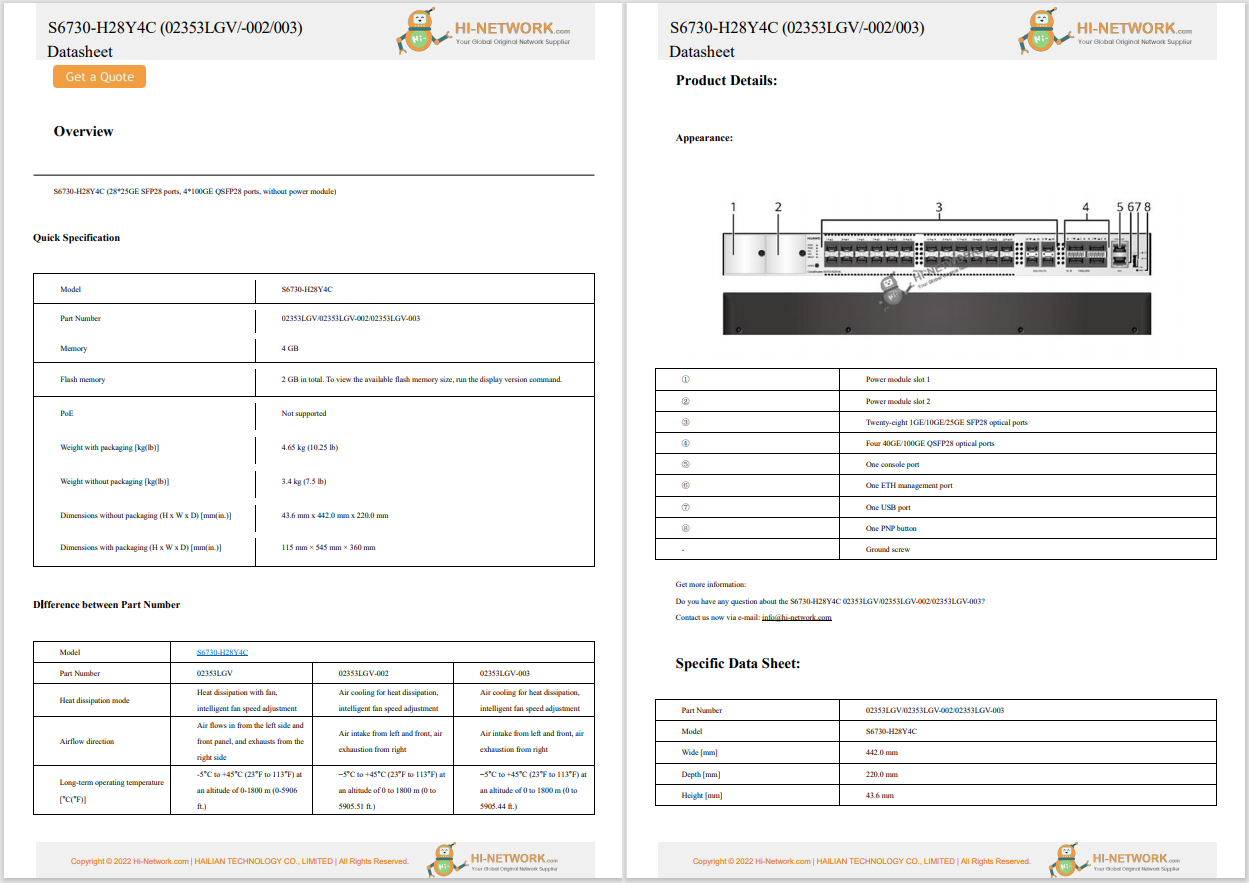


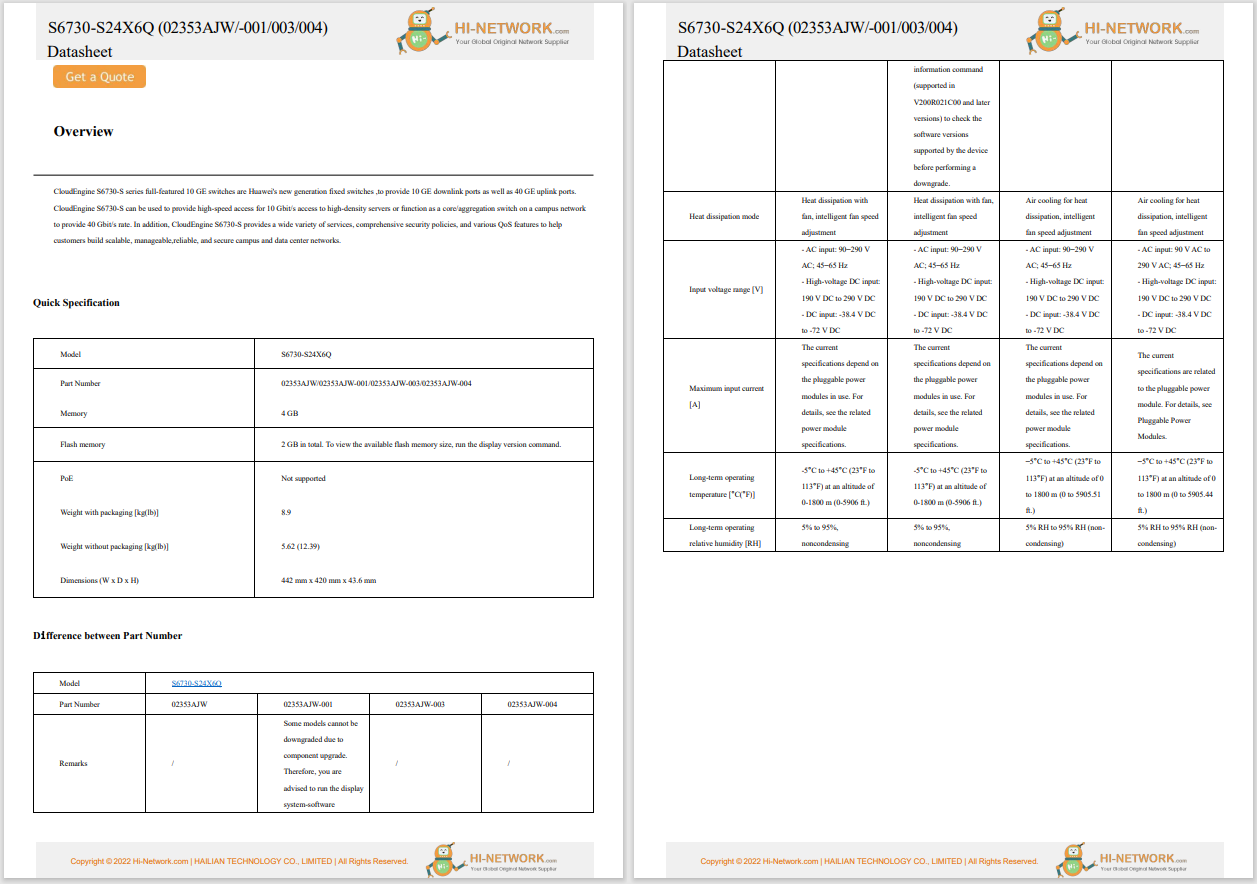

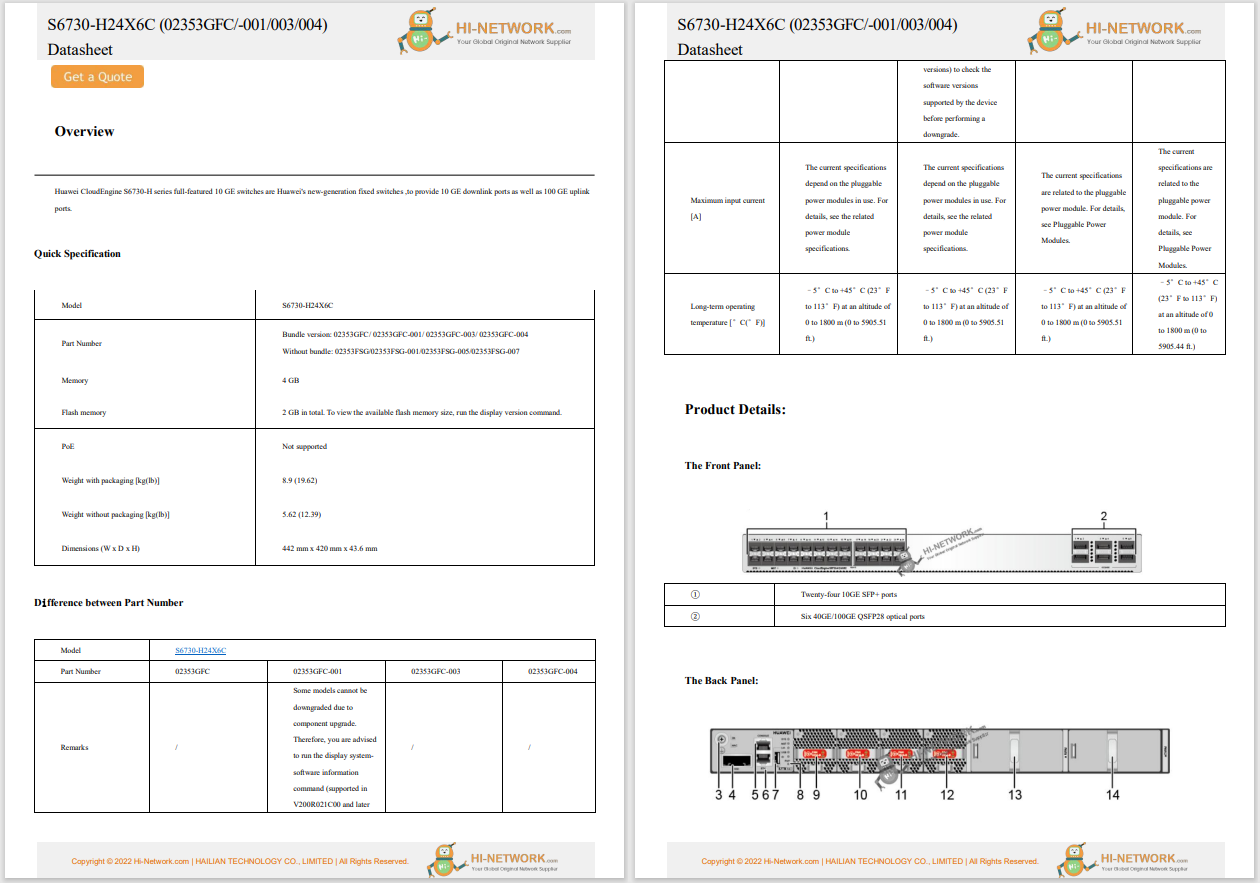

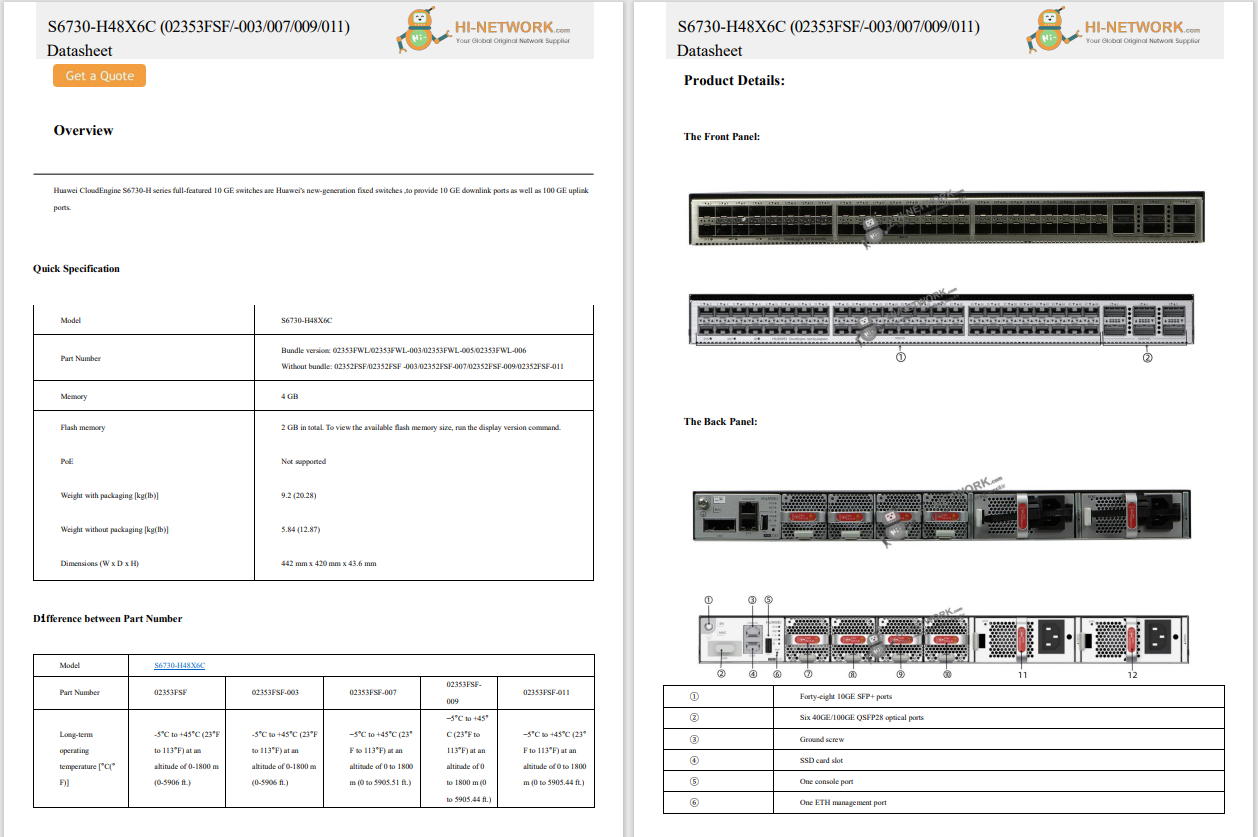



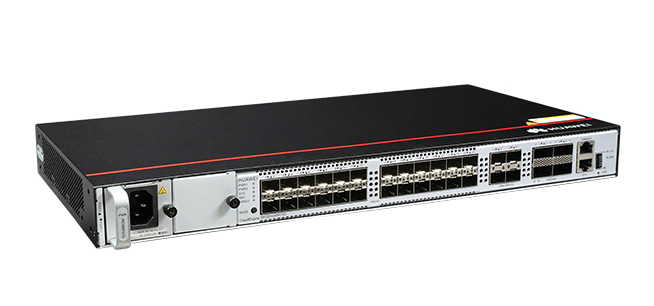




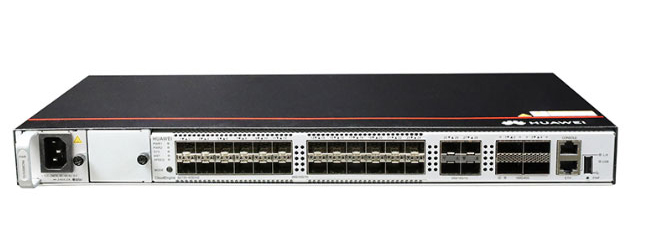


I've been using Android since version 1.5, so it's not often that a feature catches me off guard. You can imagine that when I do come across an unfamiliar Android feature, it's an exciting moment.
For more casual (or newer) users of Google's mobile operating system, there are probably several hidden gems waiting to be discovered in Android, and some of these can be handy.
Also: Your Android phone is getting a new security secret weapon - how it works
I've curated five somewhat hidden Android features that I believe every user should at least know about.
Let's dive into those features.
You may not give this feature a second thought, but allow me to set a scene for you. Say you're having visitors for the holidays and want to grant them access to your Wi-Fi network. Instead of making the password public (so anyone can use it), you could share the Wi-Fi credentials via QR code. Not only does this approach simplify the process of adding another device to the network, but it does so with a nod to security.
Open Settings > 'Network and Internet' > Internet, and tap the network you want to share. At the top of the resulting page, tap Share and verify it's you via biometrics or password/PIN.
Also: Android 15 has a new requirement that could leave your phone behind
A new page will open with a QR code for the selected Wi-Fi network. Present the QR code to whoever you want to scan it with their phone, a process that automatically adds the network to their device. You could also screenshot the QR code, print it out, and make the printout available (so you don't have to hand your phone around for people to scan).
Sharing Wi-Fi via QR Code makes the process so much easier.
Android's 'Developer options' menu isn't just for developers. Anyone can enable it and gain access to a host of features, some of which are very handy.
With Developer options enabled, you can configure the maximum number of Bluetooth devices allowed to connect to your phone, unlock your bootloader, enable automatic system updates, enable USB debugging, edit the graphics driver settings, force peak refresh rate, and much more. Developer options should be enabled if you want power user-level control over Android.
Also: How to factory reset your Android phone without unlocking it first
To enable the feature, go to Settings > About Phone, scroll to the bottom of the page, and tap 'Build number' seven times. Once you've done that, you'll find 'Developer options' in Settings > System. Tap that entry to reveal the new options.
You'll find tons of new configuration options here.
If you're traveling outside your country, you might need help translating text. Fortunately, Android is quite capable of translating text via the camera app.
This is an impressive feature. Let's say you have a menu or some other information you want translated. Unlock your Android phone and tap the Lens icon in the Search bar. Point your camera at what you want to translate and tap the Translate button.
Android will automatically translate the text and display it as an image (almost exactly how it's laid out in the original document). You can then view the translated text, copy it to your computer, take a screenshot, or search for the translated text. You could use this feature for just about any situation where you need text translated automatically.
As a bonus, there's also the official Google Translate app, which can listen to voices and translate from one language to another. If you travel to countries and don't speak the native language, this app should be considered a must.
Translating the text from theHowl's Moving Castle soundtrack. On the left is the original, and on the right is the translated text.
When at home, I don't need to lock my phone because I'm not concerned that someone will grab it and steal my information.
Where physical threats to your phone are minimal, consider making access easier by enabling Extend Unlock (which used to be called Smart Lock) and adding your home as a Trusted Place.
Also: How to start using the new Linux terminal on your Android device
To do this, go to Settings > 'Security & privacy' > 'More security & privacy' > Extend Unlock. You'll be prompted to verify that it's you and then be presented with a description of Extend Unlock.
On the next page, you can configure Extend Unlock for on-body detection, trusted places, or trusted devices. Tap 'Trusted places' and, on the resulting page, add a new trusted place. Once you've done that step, whenever you arrive at your trusted place, your phone will be unlocked automatically until you leave that location.
Note that this approach can lead to security issues, especially if you have guests in your home. With that in mind, use this feature judiciously.
Use Extend Unlock with caution.
Android allows you to store important medical information, such as name, height, weight, gender, blood type, date of birth, organ donor status, pregnancy status, medications, address, and medical notes. If you ever need this feature, you'll be glad you took advantage of it.
To add your medical information, go to Settings > 'Safety & emergency' > 'Medical information'. On the next page, add whatever information you deem important. There are two caveats to this feature. First, emergency responders need to know about the feature to use it. Second, those same responders would have to be able to unlock your phone to access it.
To get around that issue, tap 'Change setting' at the bottom and, on the resulting page, make the information available, even when your phone is locked, during an emergency call. To access this feature, tap Emergency at the bottom of the dial pad (for the unlock screen) and then tap View Emergency Information.
Also: The best SSH clients for Android - including my two favorites
Even with these hurdles, it's an important feature to have available should you need it.
Add only the information you deem necessary for medical emergencies.
You might not know this fact, but the Android keyboard (Gboard) has some impressive clipboard features. Once enabled, you can copy text and images (holding them on the clipboard for up to an hour before forgetting them), save and edit clips (so you can reuse them later), pin clips (by touching and holding them), and more.
You have to enable the Gboard clipboard manually. Otherwise, Android will use the traditional, built-in clipboard. I much prefer the Gboard clipboard because of the extended features. You enable the clipboard by opening the keyboard (from within any app), tapping the clipboard icon, and then tapping the On/Off slider until it's in the On position.
The Gboard clipboard is so much better than the default.
 Tags quentes :
Tecnologia
Tags quentes :
Tecnologia